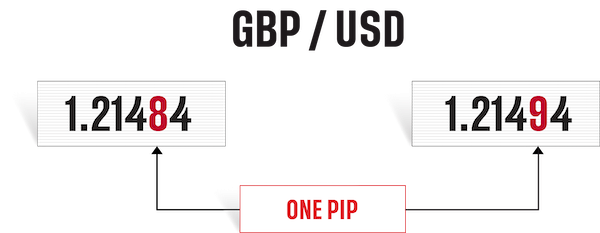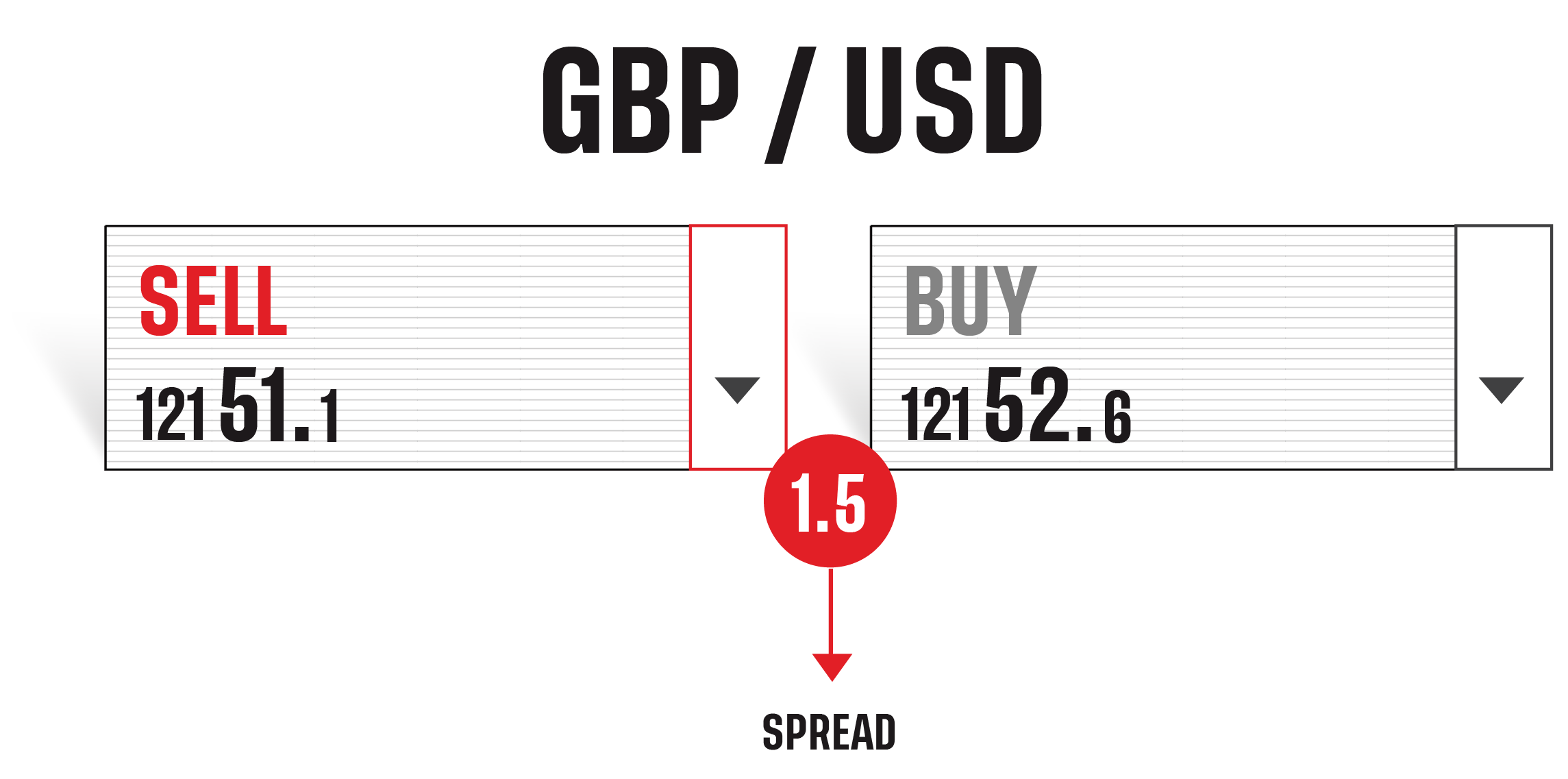Understanding the Bid-Ask Spread: A Cost to Your Trading

What is the bid-ask spread?
To begin with, the bid-ask spread refers to the difference between the ask price (or offer) and the bid price. The ask price represents the lowest price offered to sell an asset, while the bid price is the highest price offered to buy the same asset. For example, if you want to sell a currency pair, you would click on the bid price, and if you want to buy, you would click on the ask price.
The spread between the bid and ask prices is essentially the main cost of trading. While you may enjoy zero commission trading with your stock brokerage or forex broker, the bid-ask spread still remains as an underlying transaction cost to your trades since the true price is the midpoint between the big and ask price. Additionally, other costs such as margin requirements or buying power also contribute to the overall cost of your trading.

How is it calculated?
Calculating the bid-ask spread is fairly straightforward. Simply subtract the bid price from the ask price to determine the spread. For example, if the bid price for a stock is $10.05 and the ask price is $10.06, the spread would be one penny. The same principle applies to other assets like Forex, where you subtract the bid price from the ask price to calculate the spread.
The size of the trade and the market you are trading in also impact the spread cost. For instance, if you are trading one share of stock with a one-penny spread, the cost would be one penny. However, if you are trading a hundred shares, the cost would be $1.00. As you increase the size of your trades, the spread cost becomes more significant. This applies to various markets, including derivatives like options and futures, which have their own ticks and spreads.
What affects the size of a spread?
liquidity
Several factors affect the bid-ask spread, regardless of the asset being traded. One of these factors is liquidity. Markets with higher trading volumes and more participants tend to have tighter spreads and greater liquidity. This is possible because market makers can more easily match trades, as there are more orders competing for prices. For example, large-cap stocks like Apple or Microsoft, with millions of shares traded daily and thousands of participants, have narrower bid-ask spreads compared to small-cap or illiquid stocks. The same concept applies to Forex, where currency pairs with higher volumes and more participants (EUR/USD) have tighter spreads than less liquid pairs (USD/ZAR). Liquidity can also change throughout the day, so its worth knowing the best times to trade forex.
Volatility
Volatility is another factor that affects the bid-ask spread. Generally, higher volatility leads to wider spreads. During times of uncertainty or significant events like the outbreak of a pandemic or a central bank meeting, markets experience higher volatility and rapidly changing prices - resulting in wider spreads.
Check out the 10 most volatile forex pairs to trade
Quote currencies
Additionally, the quote currency in Forex pairs can also impact the spread cost. While assets like stocks and commodities are priced in U.S. dollars, Forex pairs are priced in different currencies. The value per pip in a Forex pair depends on the quote currency. For example, in the U.S. dollar-Japanese yen pair (USD/JPY), the value per pip is 1,000 yen, which translates to different amounts in U.S. dollars based on the exchange rate.
How to see the bid-ask spread
On tastyfx’s platform, the spread is shown in between the '“Buy” and “Sell” buttons. The number is denoted in pips, typically the fourth decimal place (0.0001).
The bid-ask spread cost is reflected in your profit and loss (P&L) statement. If you buy or sell an asset with a specific spread, the cost is deducted from your P&L. For example, if you buy a market with a one-and-a-half-pip spread, your P&L will reflect a negative $15. This concept applies to all assets, including stocks, where the bid-ask spread determines your potential profit or loss.

How to mitigate spread costs
Traders can try to avoid high spread costs by considering the factors that affect the spread. Trading highly liquid pairs during active market hours can often give traders a better price. Limit orders allow traders to set the price level they would like to open a position and can also mitigate the cost to a trade's P/L. By setting a limit order at a price better than currently offered but within the spread, it is possible to get filled quickly thereafter at that price. For buying, this means setting a limit order at a lower price than market - and at a higher price for selling. It is important to remember that limit orders may never get filled and should be monitored closely.
It is important to note that spreads vary across different markets. Some markets have tighter spreads due to higher liquidity and lower volatility. For instance, the euro-dollar and dollar-yen pairs in Forex are older markets with higher volumes and more participants which can generally lead to tighter average spreads.
In conclusion, the bid-ask spread is a crucial aspect of trading that determines the overall cost of your trades. Understanding how it works and its impact on different markets is essential for making informed investment decisions. By considering factors such as liquidity, volatility, and the size of your trades, you can effectively manage the spread cost and optimize your trading strategy.
How to trade forex
- Open an account to get started, or practice on a demo account
- Choose your forex trading platform
- Open, monitor, and close positions on forex pairs
Trading forex requires an account with a forex provider like tastyfx. Many traders also watch major forex pairs like EUR/USD and USD/JPY for potential opportunities based on economic events such as inflation releases or interest rate decisions. Economic events can produce more volatility for forex pairs, which can mean greater potential profits and losses as risks can increase at these times.
You can help develop your forex trading strategies using resources like tastyfx’s YouTube channel. Once your strategy is developed, you can follow the above steps to opening an account and getting started trading forex.
Your profit or loss is calculated according to your full position size. Leverage will magnify both your profits and losses. It’s important to manage your risks carefully as losses can exceed your deposit. Ensure you understand the risks and benefits associated with trading leveraged products before you start trading with them. Trade using money you’re comfortable losing.
This information has been prepared by tastyfx, a trading name of tastyfx LLC. This material does not contain a record of our trading prices, or an offer of, or solicitation for, a transaction in any financial instrument. You should not treat any opinion expressed in this material as a specific inducement to make any investment or follow any strategy, but only as an expression of opinion. This material does not consider your investment objectives, financial situation or needs and is not intended as recommendations appropriate for you. No representation or warranty is given as to the accuracy or completeness of the above information. tastyfx accepts no responsibility for any use that may be made of these comments and for any consequences that result. See our Summary Conflicts Policy, available on our website.

